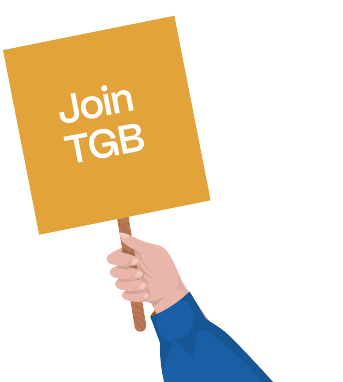On May 19, President Trump and First Lady Melania signed the first major tech regulation called the bipartisan Take It Down Act. This new law aims to criminalise the nonconsensual distribution of intimate images (NDII) and provide victims a pathway for redress. While some experts view it as a necessary move to compel social media platforms to act, others warn that its enforcement may face significant hurdles.
Key Points
- The Take It Down Act is intended to expedite the removal of nonconsensual intimate images from online platforms within 48 hours.
- Critics argue the act sets unrealistic expectations without clear procedures to handle false reports or abusive usage.
- The legislation may unintentionally infringe on free speech rights as platforms could over-censor to avoid legal repercussions.
- The Federal Trade Commission’s (FTC) role in enforcing the law raises concerns about its vast jurisdiction and lack of oversight for certain online platforms.
- There are fears that the act may lead to increased liability for content publishers, impacting their ability to manage user-generated media effectively.
Why should I read this?
If you care about digital rights and content moderation, then this article hits the nail on the head. The Take It Down Act is a significant shift in tech regulation, but it also raises loads of questions about enforcement and free speech. Get clued up on what it means for future online interactions and the potential impact on privacy and rights!





